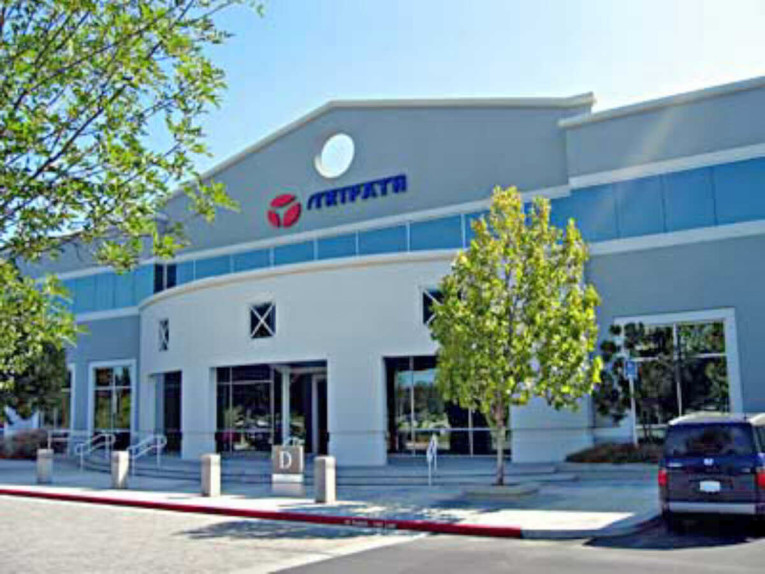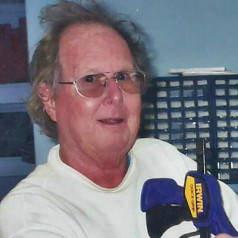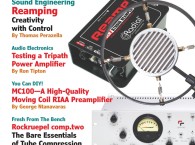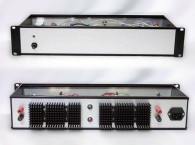
A Tripath or Class-T power amplifier is a proprietary version of the Class-D switching amplifier developed by Tripath Technology. Tripath claims its architecture uses “adaptive” processing to improve general switching amplifier design. This article examines two amplifiers that use Tripath ICs: the Tripath TA2024, which is rated at 15 W per channel, and the Lepai TA2020A+, which is rated at 20 W per channel. The amplifiers sound good, but testing them is problematic. This article explains their testing challenges.
As I mentioned, the Tripath works very well reproducing music but distortion testing must be done at a single frequency. So, this architecture does not deliver much output power at a single frequency because the IC heats up and its internal thermal sensor shuts it down.

A Bit More About Tripath
In 1995, Dr. Adya S. Tripathi had some ideas for improving the performance of Class-D audio power amplifiers so he started Tripath, Inc. to pursue these goals. Apparently he found adequate venture capital as evidenced by the headquarters building in Santa Clara, CA, with some 200 employees (see Photo 1).
Class-D designs were enjoying some popularity, especially for woofer power, because of their high efficiency compared to Class-A and Class-AB. However, their total harmonic distortion (THD) was fairly high at higher audio frequencies. This was one area in which Tripath achieved significant improvement. Just how this was accomplished can be surmised from online information.

Image courtesy of www.crutchfield.com
Read the complete article now available here.
And here's an important note.
Even though Tripath are no longer in business, Profusion has their remaining stock available for repairs and replacements.
Read this: www.profusionplc.com/news/tripath-t-amp-guide/
This article was originally published in audioXpress, March 2014.







